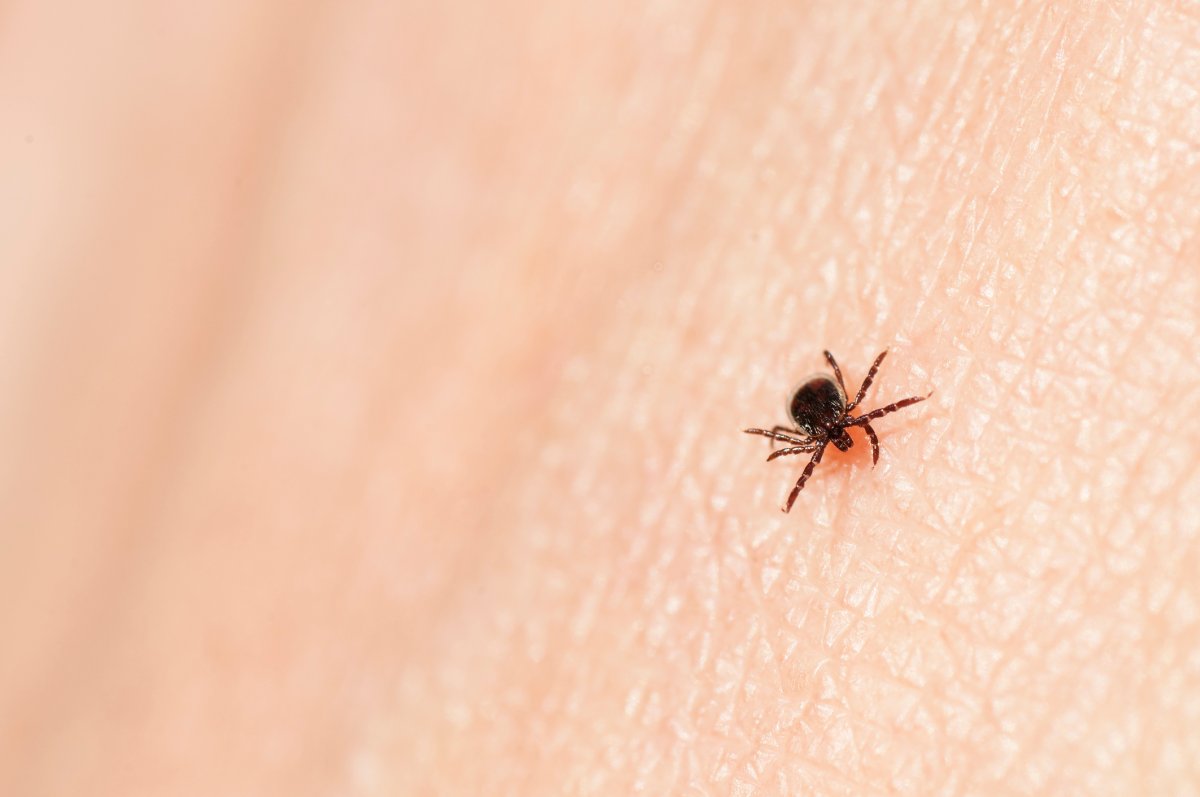The Middlesex-London Health Unit (MLHU) is warning residents of tick-borne illnesses beyond just Lyme disease.

A new regulation that took effect last weekend requires health-care providers in Ontario to report cases of anaplasmosis, babesiosis and Powassan virus to their local medical officers of health.
Andrew Powell, the manager of safe water, rabies and vector borne disease with the MLHU, says no cases have been reportedly locally but the health unit is surveilling the area’s tick population.
“We want to catch these (cases) before they get out of hand,” he said. “All three (viruses) are transmitted by ticks that we have locally, which is the blacklegged tick, also known to be the vector of Lyme disease.”
Each virus has its own symptoms.
Anaplasmosis is caused by bacteria that gets into a person’s bloodstream through a tick bite. It causes fever and chills, but can also suppress bone marrow and the creation of white and red blood cells, as well as platelets, according to Ontario’s chief medical officer of health, Dr. Kieran Moore.
Babesiosis, on the other hand, presents similarly to malaria. Ticks transmit intracellular parasites, which get inside a person’s red blood cells and burst them, so people can present with anemia, along with having fever and chills.
Most infections of Powassan virus are asymptomatic, but people might have fever, headache, nausea, vomiting, weakness, or aches and pains. But after an acute phase and a period of remission, an infected person may experience confusion, loss of co-ordination, difficulty speaking, paralysis, seizures or coma, said associate chief medical officer of health, Dr. Michelle Murti.
“If you do find a tick on you that’s been feeding on you for some time, notify the health unit,” said Powell. “We’d be happy to identity the tick and see if it’s one of the blacklegged species that could carry a virus (or) a common tick that doesn’t carry anything.”
In terms of prevention, Powell recommends walking in the centre of paths when walking in the woods and avoiding long grass. Wearing long pants, light-coloured clothing and insect repellant also help.
“We don’t want people to be afraid and not go outside, so the most important thing is to do a tick check. Look over your body to see if you’ve got any ticks walking on you or that’s already attached,” he said.
“For a disease like Lyme disease, a tick has to be on you and feeding for 24 hours or greater, so getting it off of you immediately reduces that risk dramatically.”
— with files from The Canadian Press and 980 CFPL’s Marshall Healey and Mike Stubbs











Comments